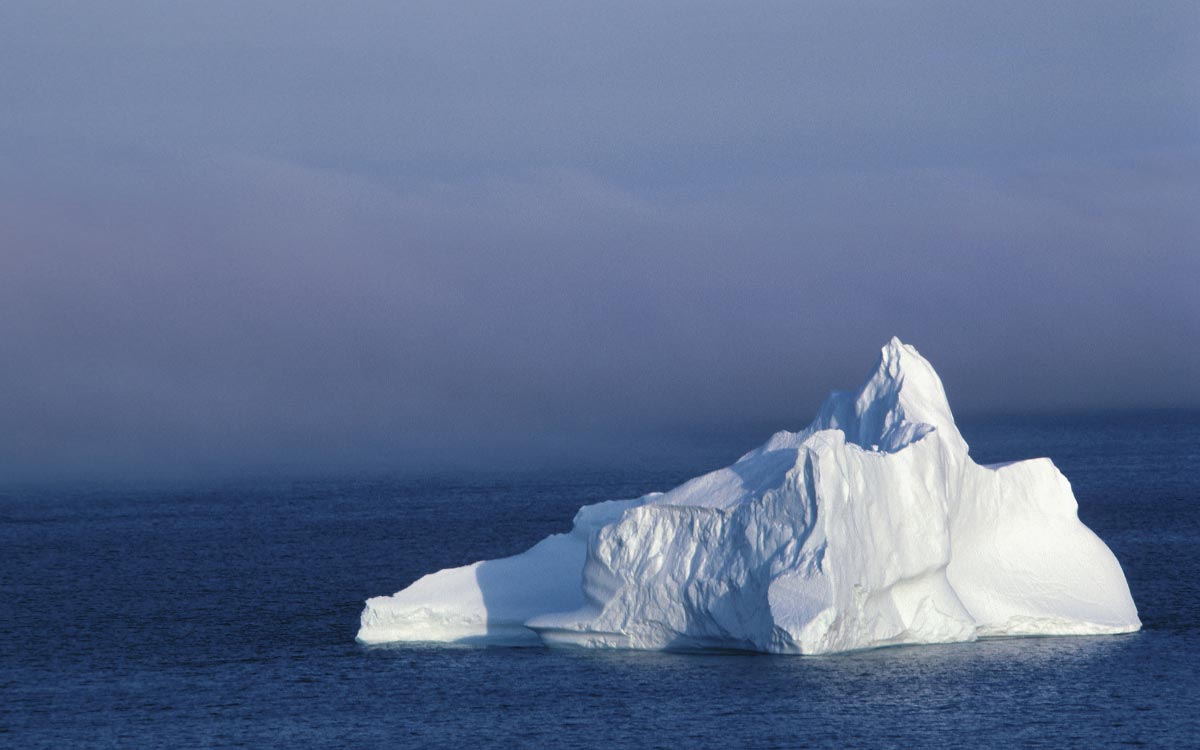
Large reservoirs of “fire ice” beneath the ocean can potentially trigger devastating disasters if released
Michael Alexander

Locked deep beneath our oceans, according to scientists, are deposits of frozen methane.
Dubbed “fire ice,” these deposits, once released, can trigger large-scale natural catastrophes such as tsunamis and landslides – and scientists and experts currently have no idea how much of these fire ice deposits exist.
According to Ann Cook, an associate professor in the School of Earth Sciences at The Ohio State University, the lack of information about this phenomenon is due to the fact that frozen methane takes many more forms than what was previously thought.
A song of fire and ice
Also known as methane hydrate, fire ice – which is also thought to contain up to 40 percent of the Earth’s total carbon deposits, or up to 10,000 gigatons – is a crystalline solid that forms at low temperatures and under high pressure, and is made up of methane gas molecules encased in ice. Due to its unique properties, fire ice only occurs naturally in subsurface deposits where temperature and pressure conditions are favorable for its formation, such as the Arctic permafrost, beneath Antarctic ice and in sedimentary deposits along continental margins.
Cook, in her presentation during the Astrobiology Science Conference, said that because it theoretically stores much of the planet’s carbon, fire ice likely plays a substantial role in the carbon cycle, a series of processes by which carbon is exchanged between our atmosphere and living things. Theoretically, Cook said, this means fire ice could be tapped as an alternative energy source.
In a statement published in LiveScience however, Cook said fire ice is also a potential biohazard, noting that should it “melt,” it can potentially decrease water pressure rapidly and cause potential submarine slumping, landslides and subsidence or rapid sinking. (Related: Researchers discover massive methane ‘fountains’ in arctic ice – a genuine threat to the atmosphere?)
However, while reports have been made about how some of the methane hydrates in the Arctic and upper continental slopes such as the northern Pacific Ocean are beginning to thaw, scientists and researchers are still unable to figure out just how much of the substance exists and how it behaves in relation to its immediate environment.
Cook noted that much of this current confusion regarding fire ice stems from the fact that the substance takes, at the very least, five different forms. While some types, such as the fire ice that lies below active seafloor vents, are relatively well-known, other types are much more surprising, such as those found in thin sands a couple of meters below the seafloor.
Cook added that studying fire ice and understanding it further can even help advance our knowledge on possible methane deposits on other planets and how those behave.
Previously collected data on the substance show that frozen methane can sometimes be released from the seafloor and permafrost by vents, or “belching” – a phenomenon Cook thinks is possible on planets such as Mars, citing a recently tracked high methane reading on the Red Planet.
Concluding her talk, Cook posited another scenario: floating “icebergs” of natural gas.
“I can imagine really exciting planets out there where you would have hydrates forming … and then floating up in the ocean [forming] icebergs of natural gas,” she said.
Fast facts on fire ice
According to the US National Oceanic and Atmospheric Administration (NOAA), fire ice or methane hydrate is a form of gas hydrate, a substance that forms when a gas with low molecular weight combines with water and then freezes.
Aside from methane hydrate, other substances known to form hydrates include hydrogen sulfide, carbon dioxide and some hydrocarbons.
Scientists and experts have deemed methane hydrate deposits as scientifically important for the following reasons:
- Methane hydrate deposits are an untapped source of energy.
- Methane hydrate deposits may have a strong influence on marine ecosystems and their flora and fauna.
Head over to Research.news for more studies and stories on methane and other natural compounds and their role in the Earth’s landscape.
Sources include:
https://www.naturalnews.com/2020-02-28-large-reservoirs-of-fire-ice-can-trigger-disasters.html
